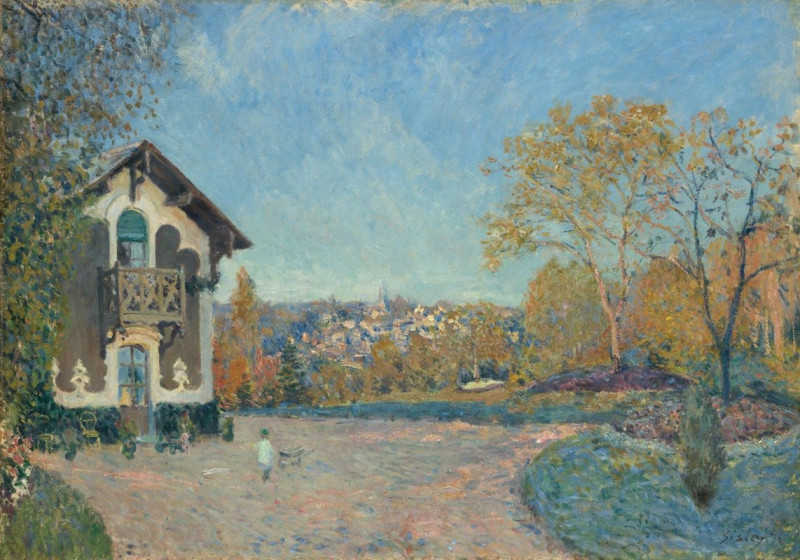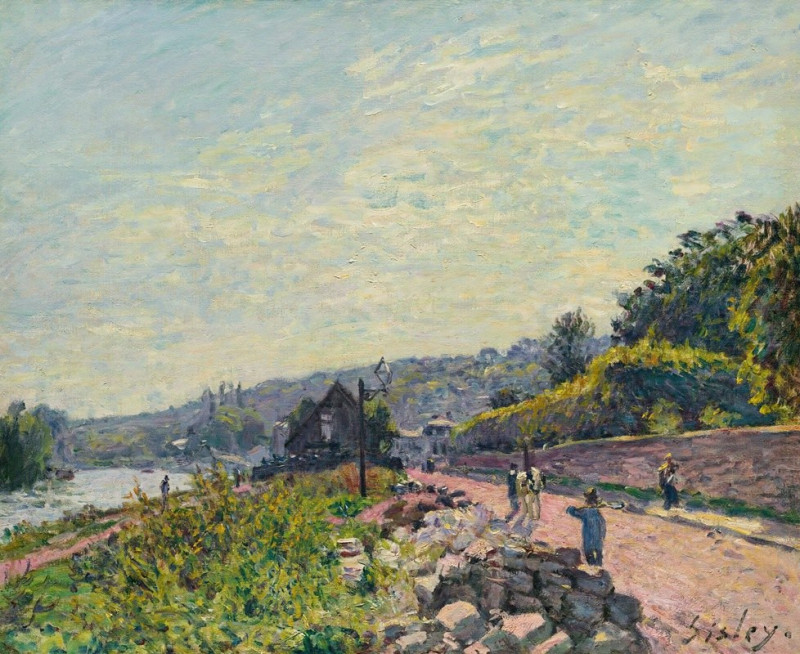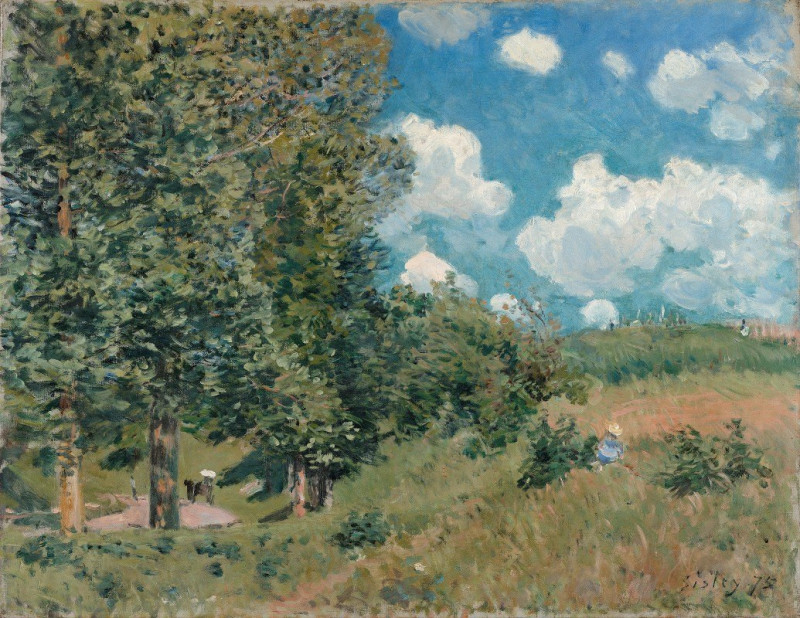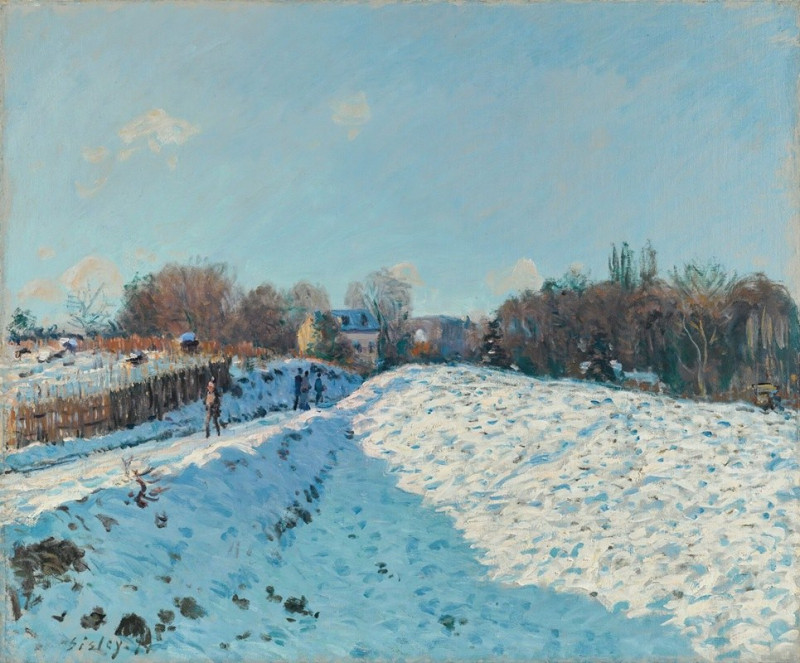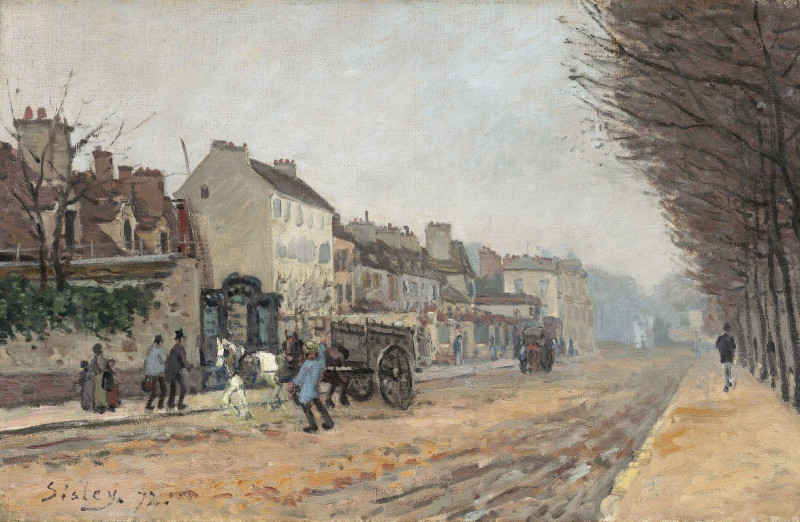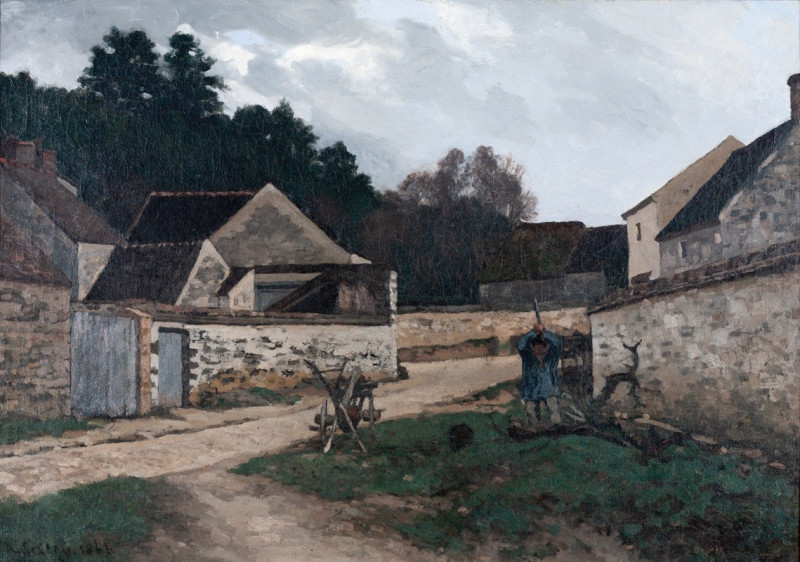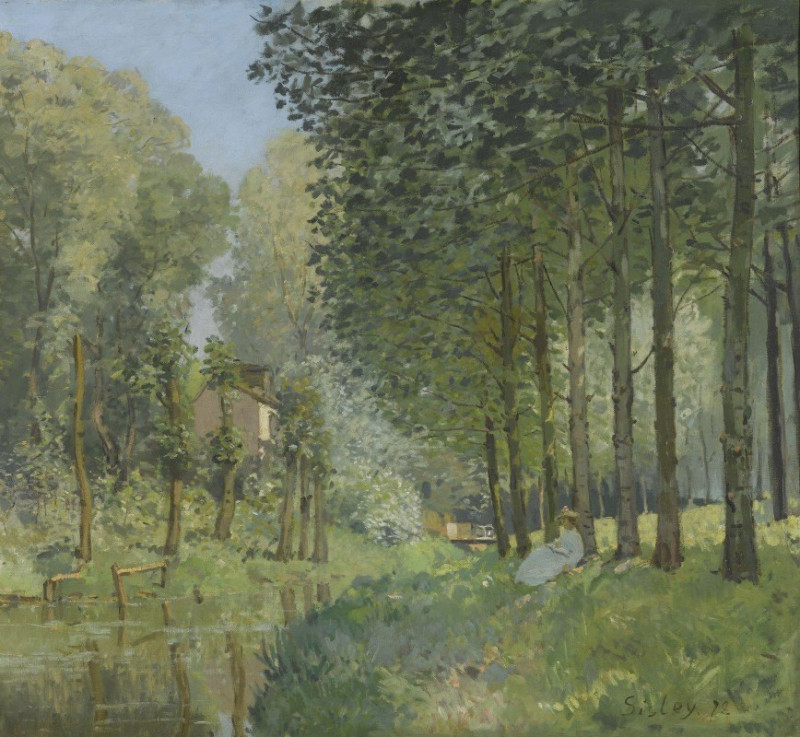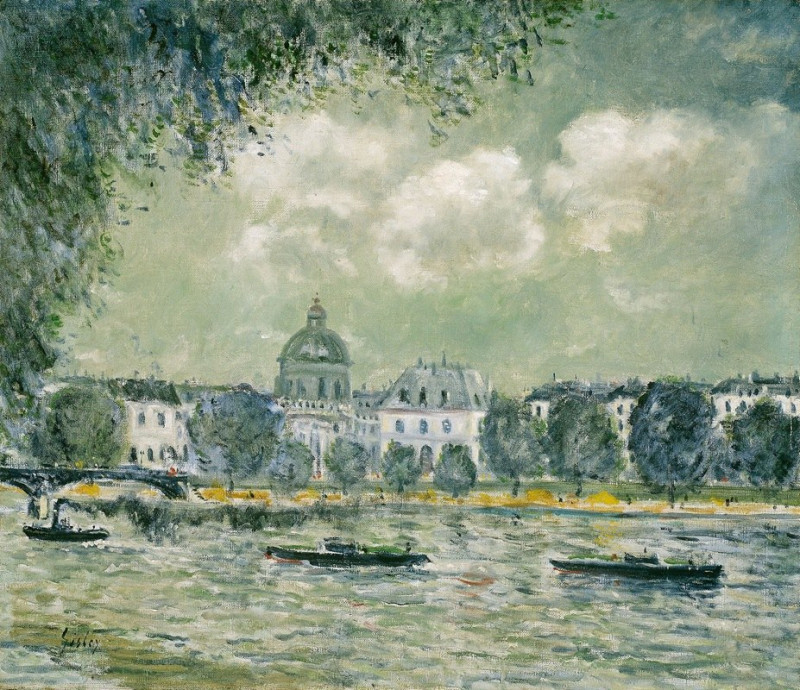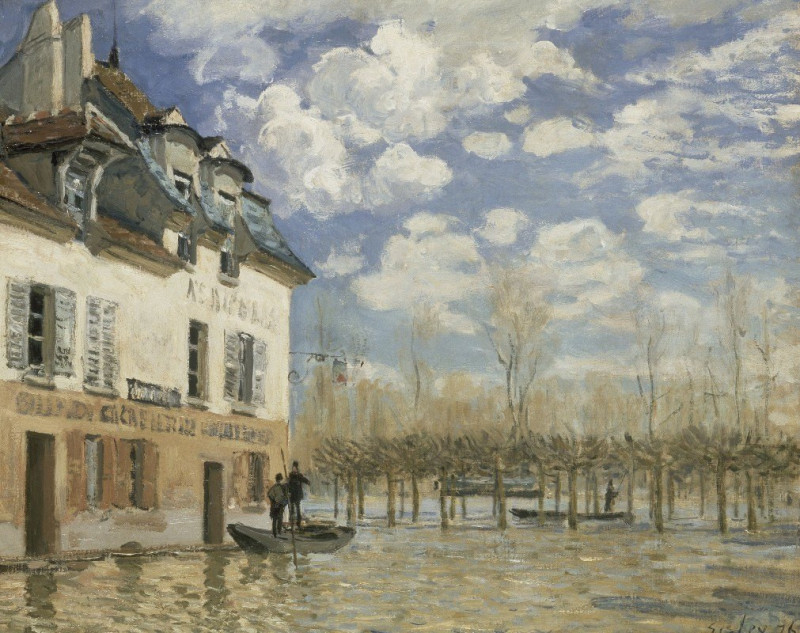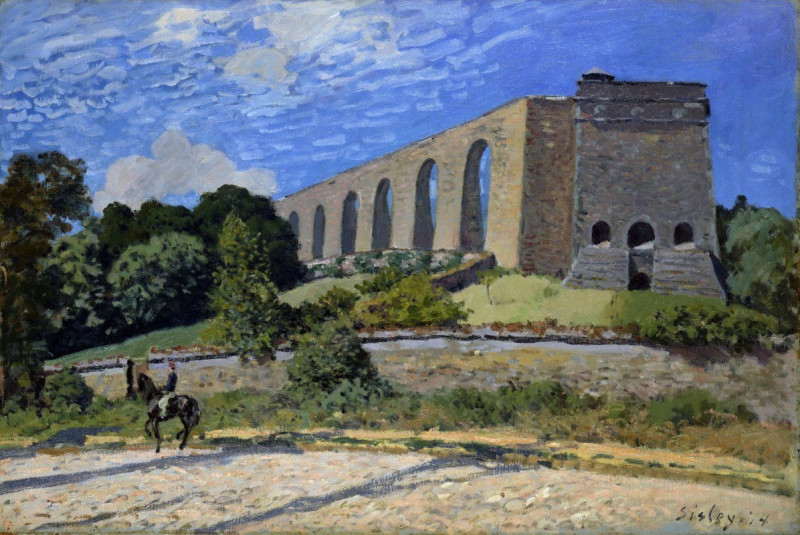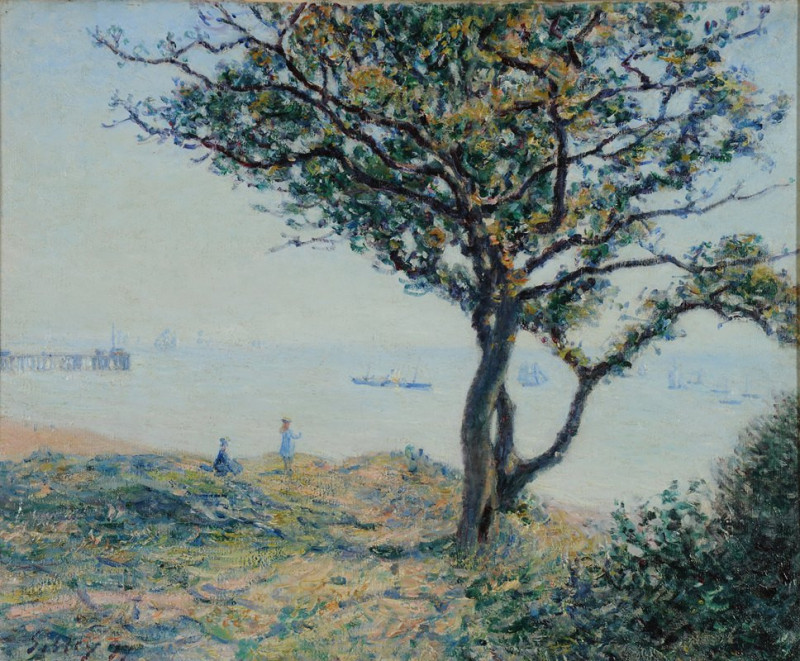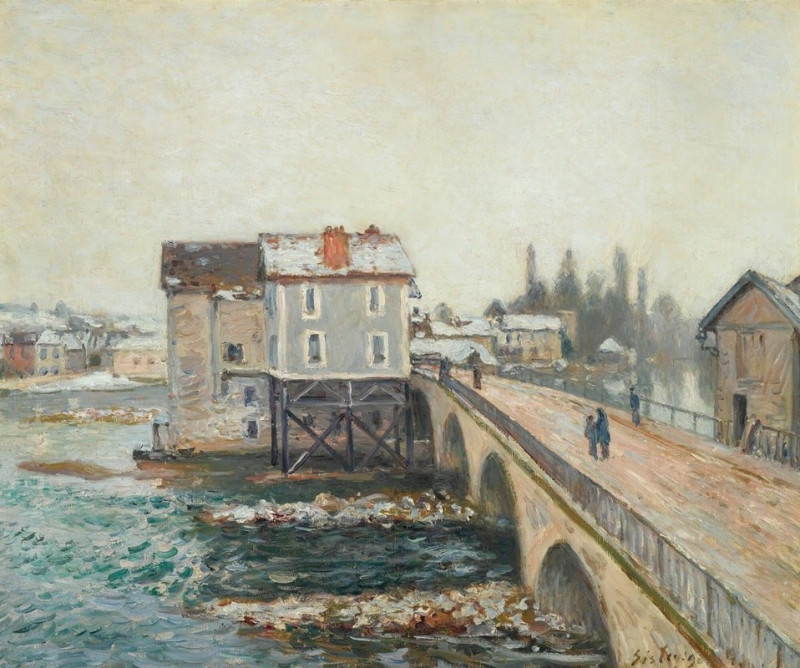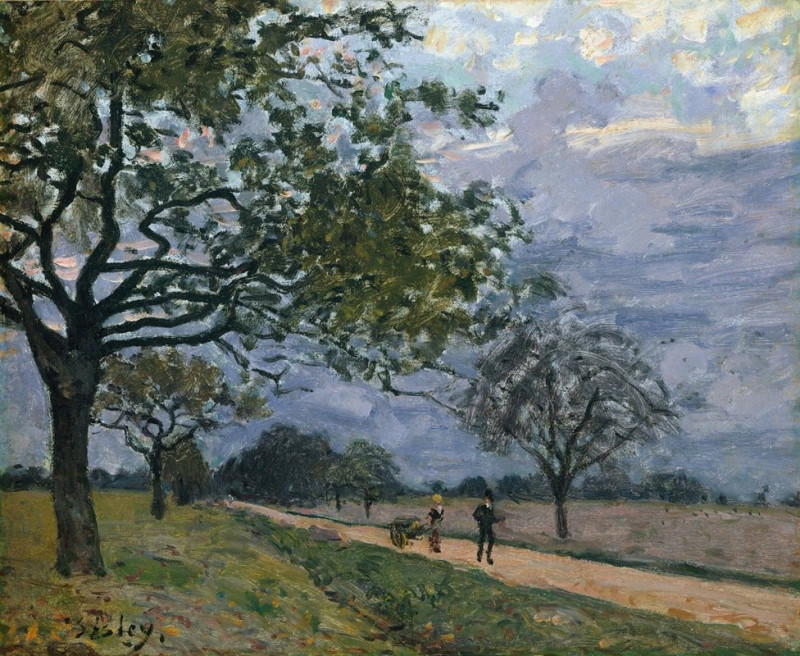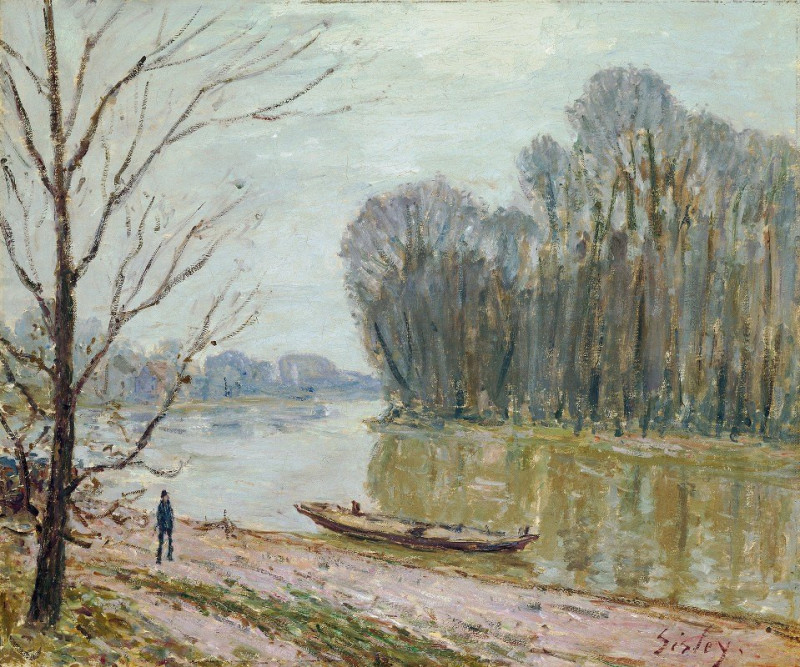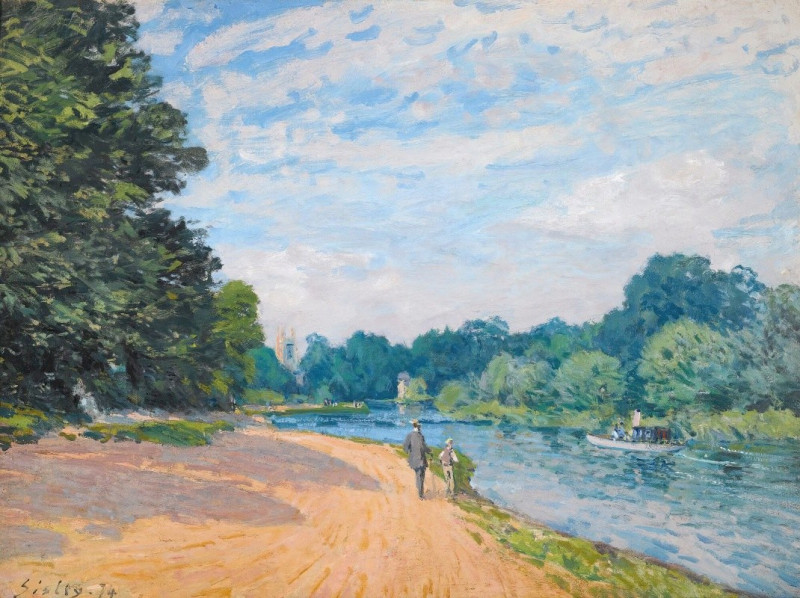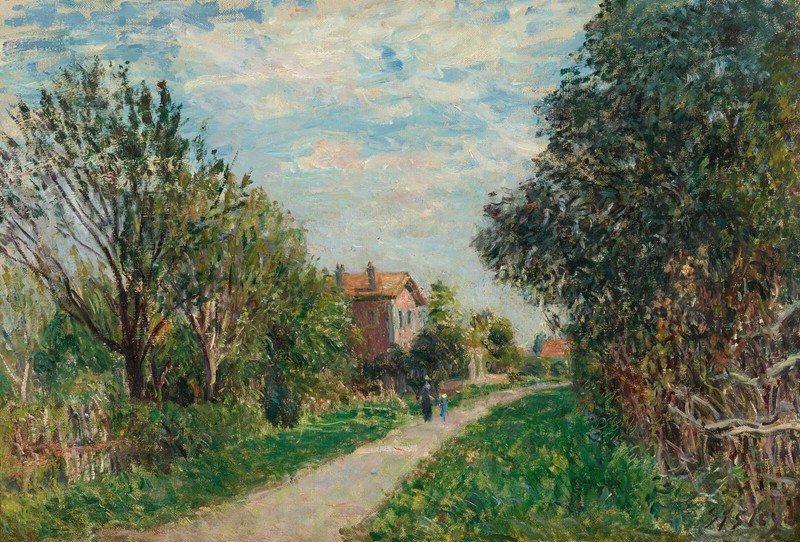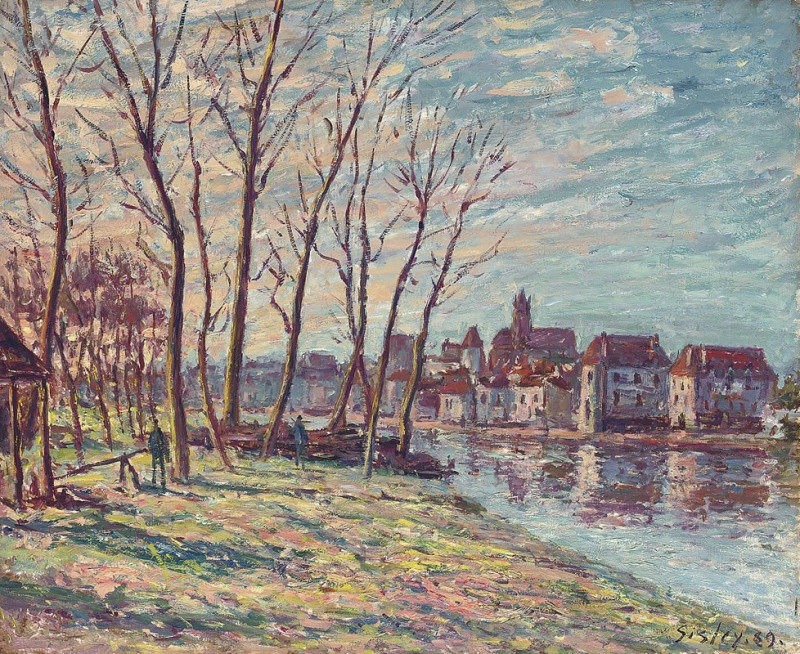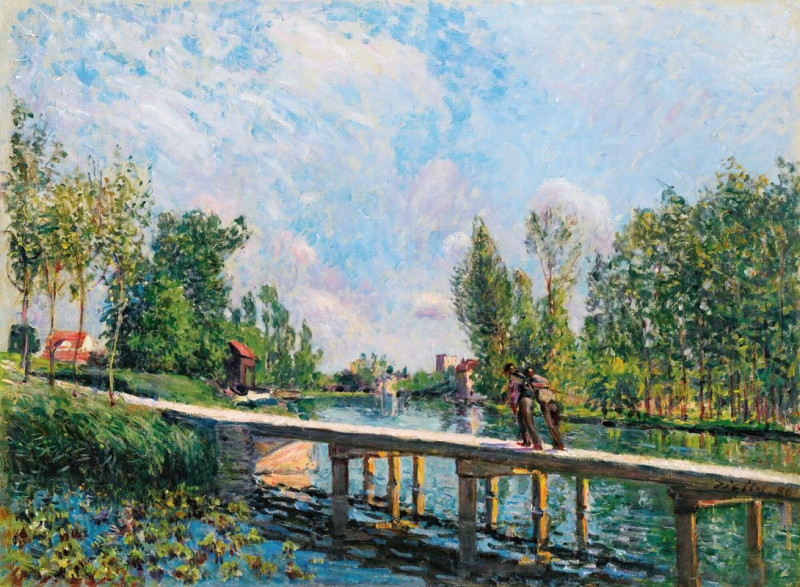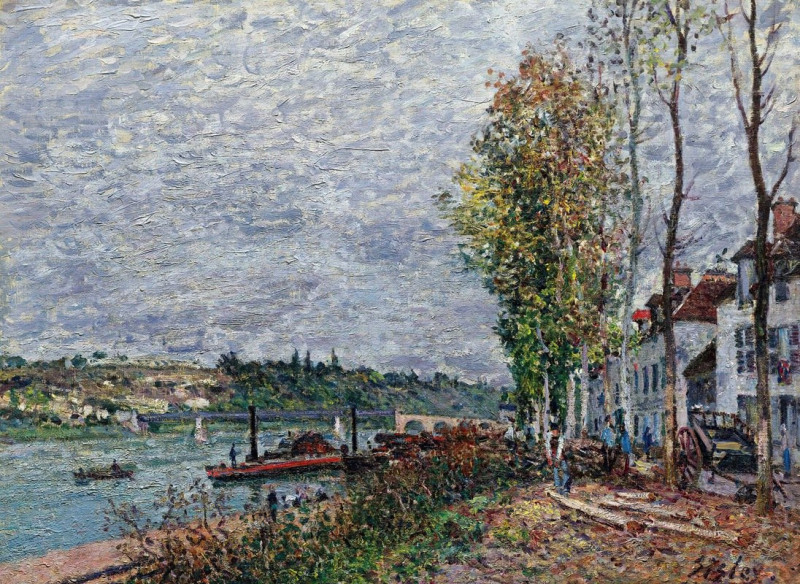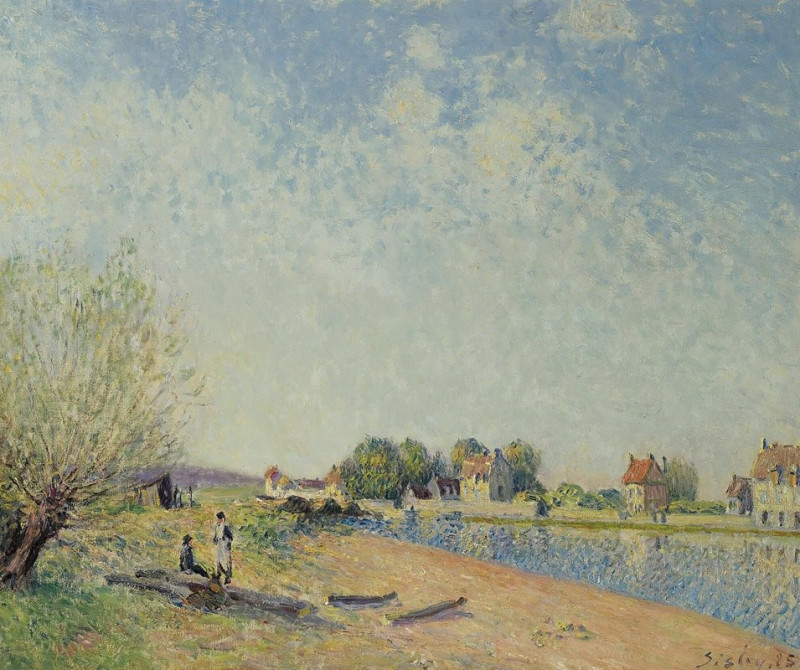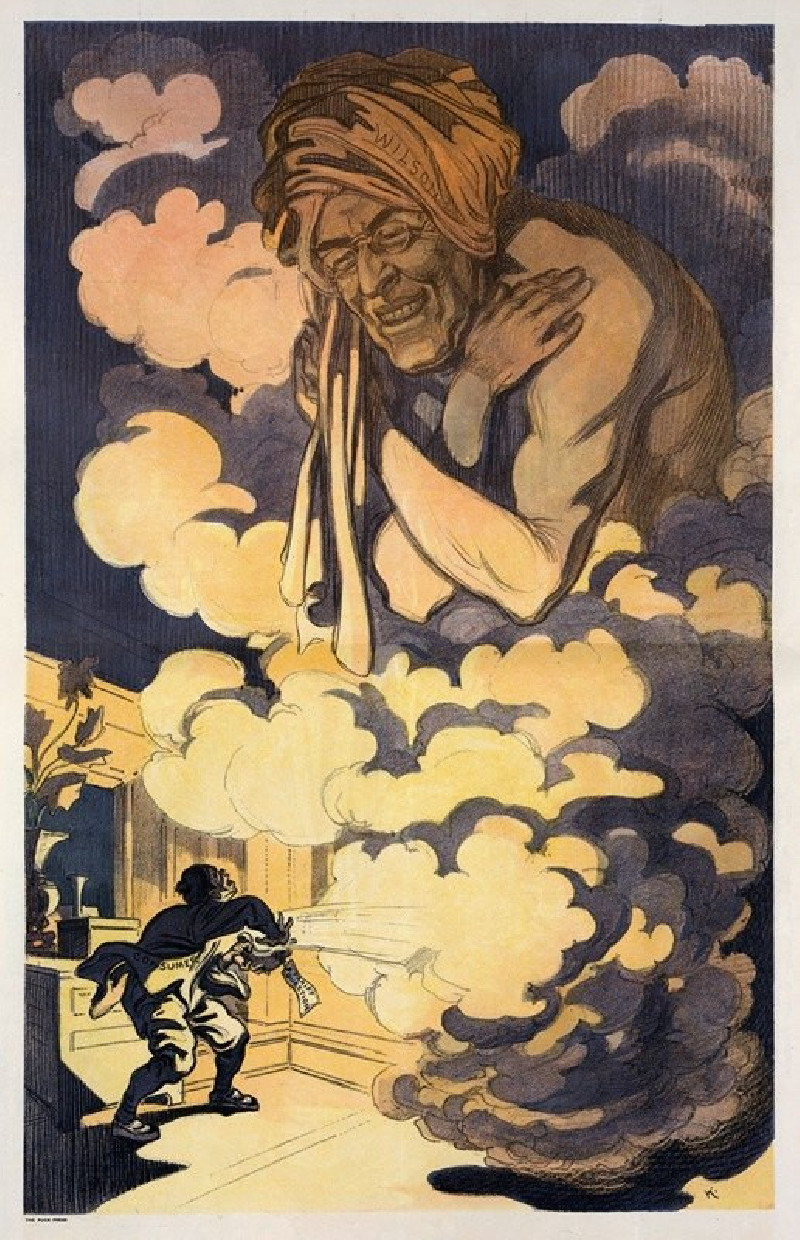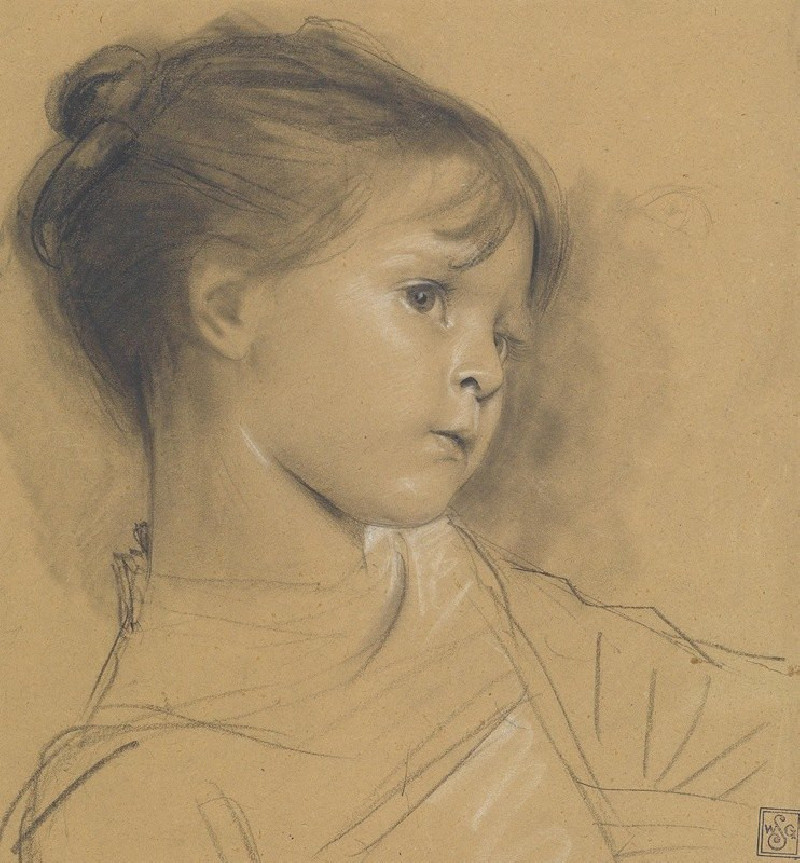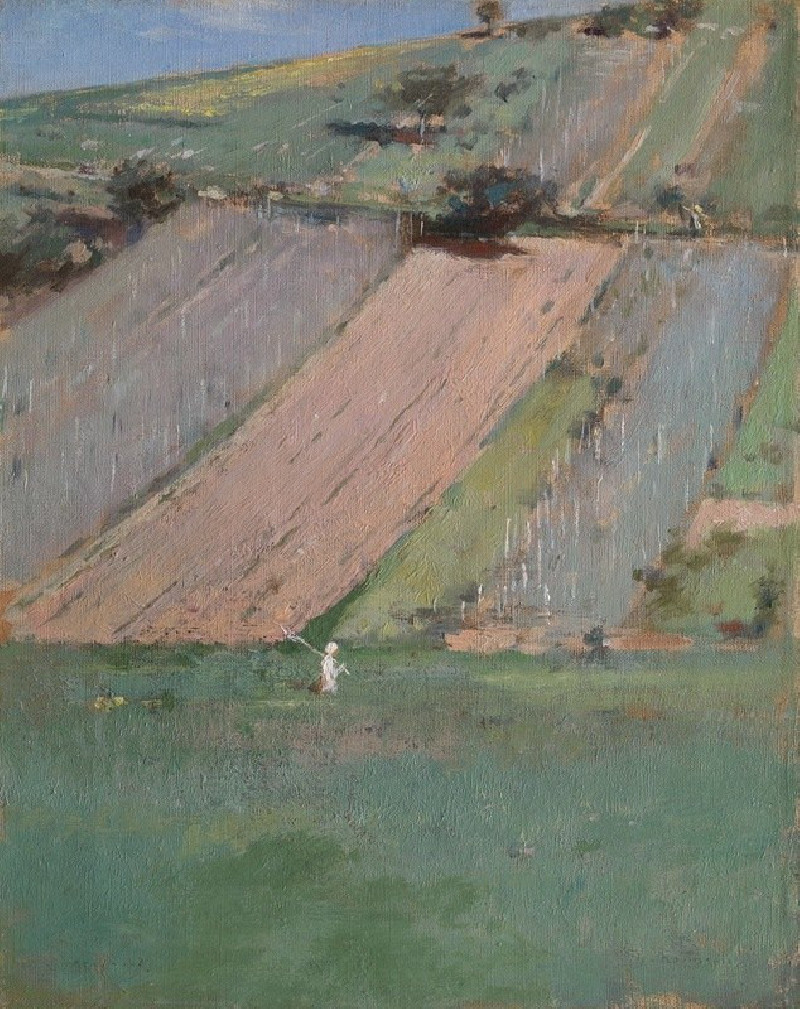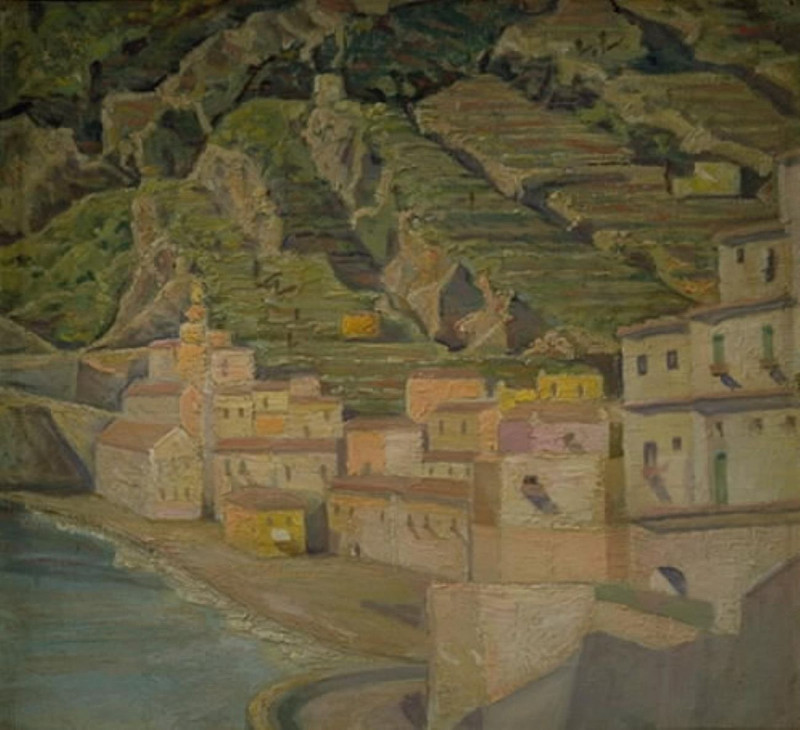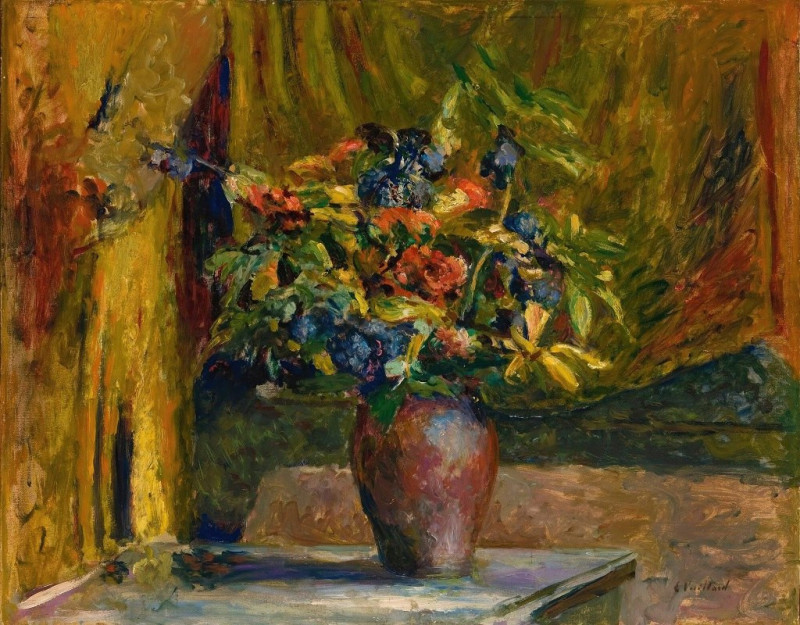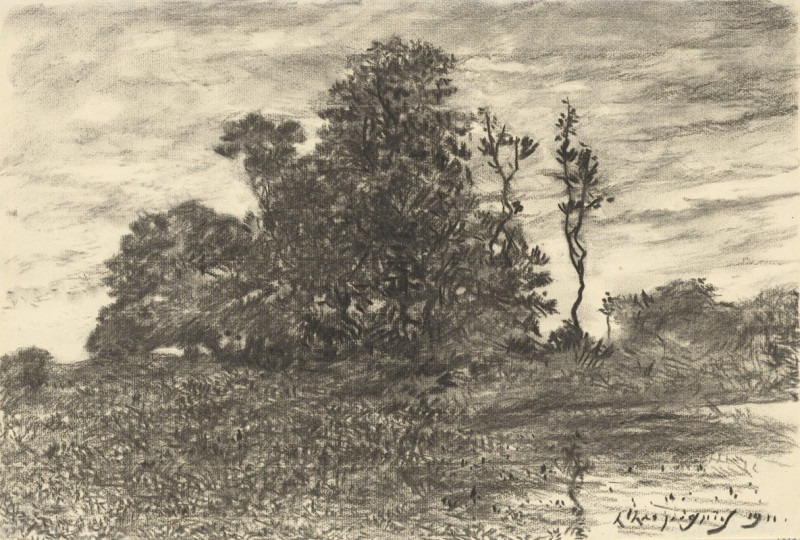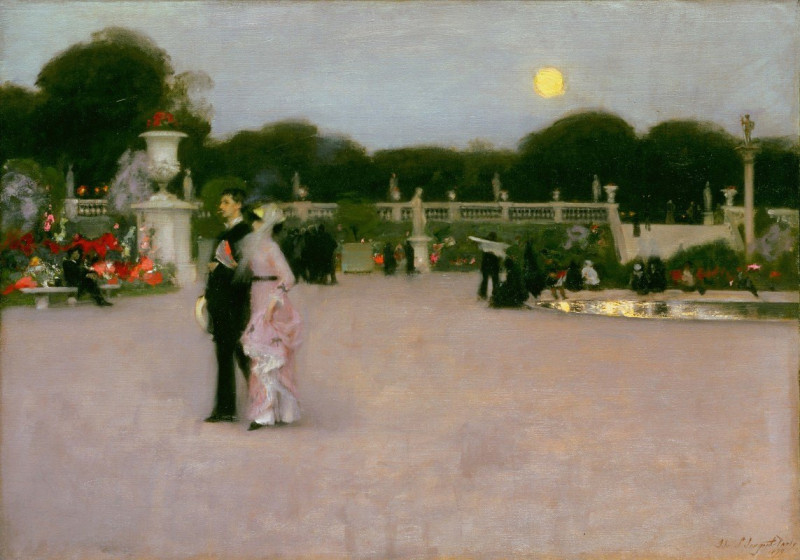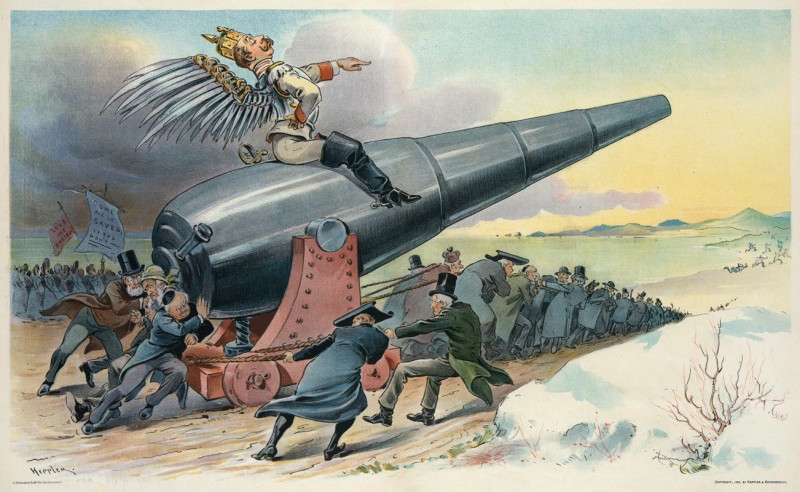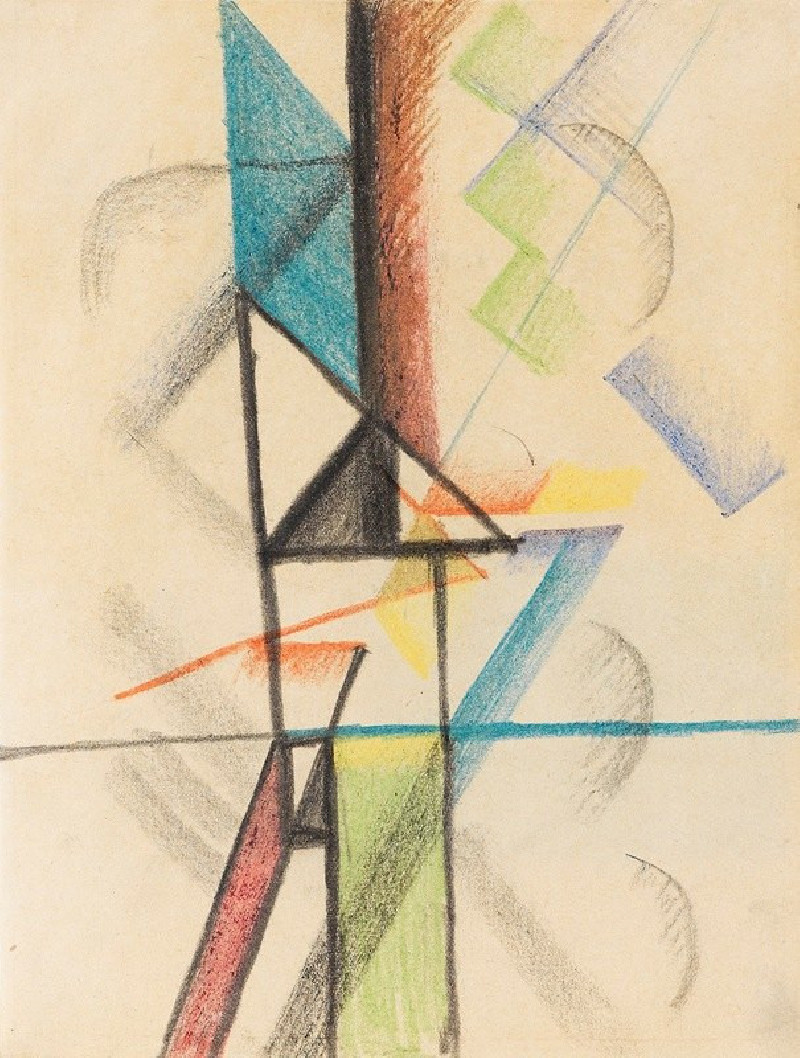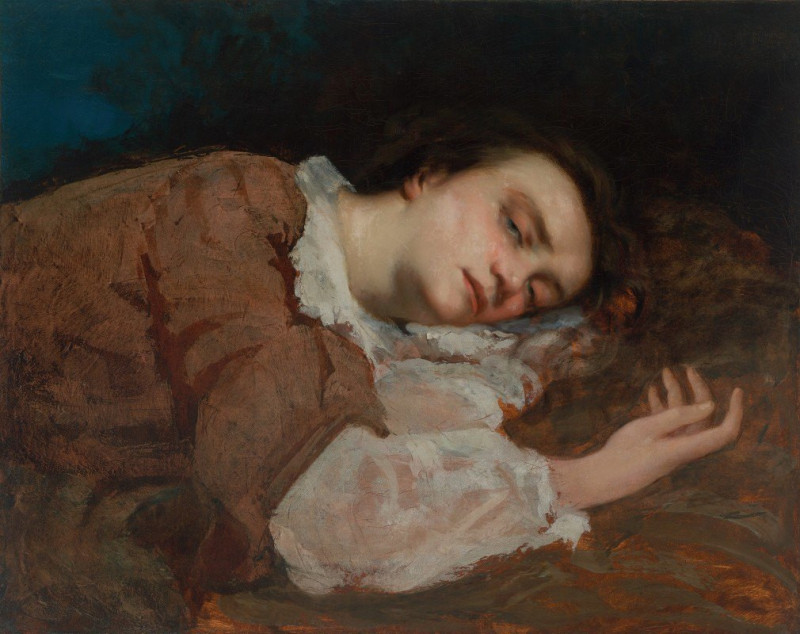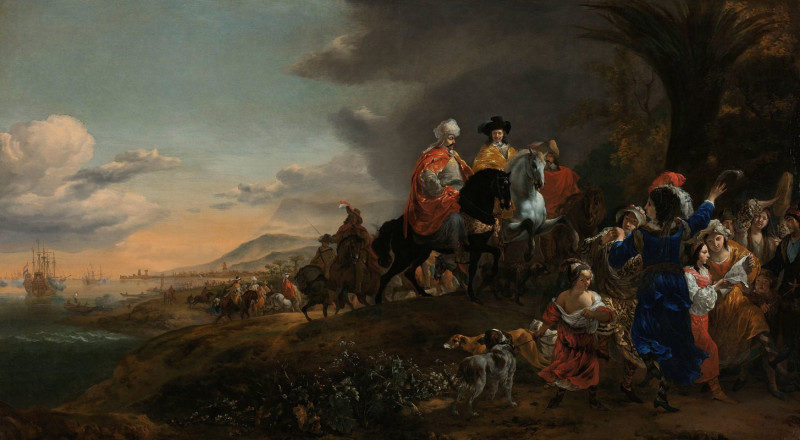View of Marly-le-Roi from Coeur-Volant (1876)
Technique: Giclée quality print
Recommended by our customers
More about this artwork
"View of Marly-le-Roi from Coeur-Volant" is a captivating portrayal of autumnal tranquility and subtle grandeur, painted by the exceptional impressionist artist Alfred Sisley in 1876. In this serene composition, Sisley illustrates a scenic vista from the heights of Coeur-Volant, looking down upon the charming village of Marly-le-Roi, nestled amidst the lush, undulating landscape that typifies this region of France.The painting features a quaint, richly decorated house with intricate wooden traceries and statues, suggesting a liaison between human craftsmanship and natural beauty. The foreground shows a broad, sunlit clearing where children play, exuding a sense of peaceful daily life that is untouched by the hustle of the modern world. To the left, towering trees in the throes of seasonal change cast dappled shadows, their leaves painted in vivid hues of orange, yellow, and green, which suggest the fleeting beauty of autumn.Sisley's mastery in capturing the quality of light and atmosphere is evident in the way the distant village is bathed in a soft, glow, setting it apart from the vibrant greens and earth tones that dominate the foreground. The crisp, expansive sky, with its delicate gradations of color, shelters the entire scene, offering a sense of boundlessness and airy openness.This painting is not only a feast for the eyes but also an invitation to ponder the gentle passage of time and the quiet moments of life in harmony with nature.
Delivery
Returns
Alfred Sisley (1839–1899), an English impressionist artist, was renowned for his breathtaking impressionist landscape paintings. Born in 1839 to a wealthy family in Paris, Sisley spent most of his life in France. Despite being intended for a career in commerce, he rebelled and pursued his passion for painting as an amateur in the studio of Charles Gleyre, where he befriended artists Claude Monet and Pierre-Auguste Renoir. The financial loss of his family in the Franco-German War led Sisley to make a career out of his art, though it left him financially distressed. It wasn't until after his passing in 1899 that the true value of his work was recognized.

